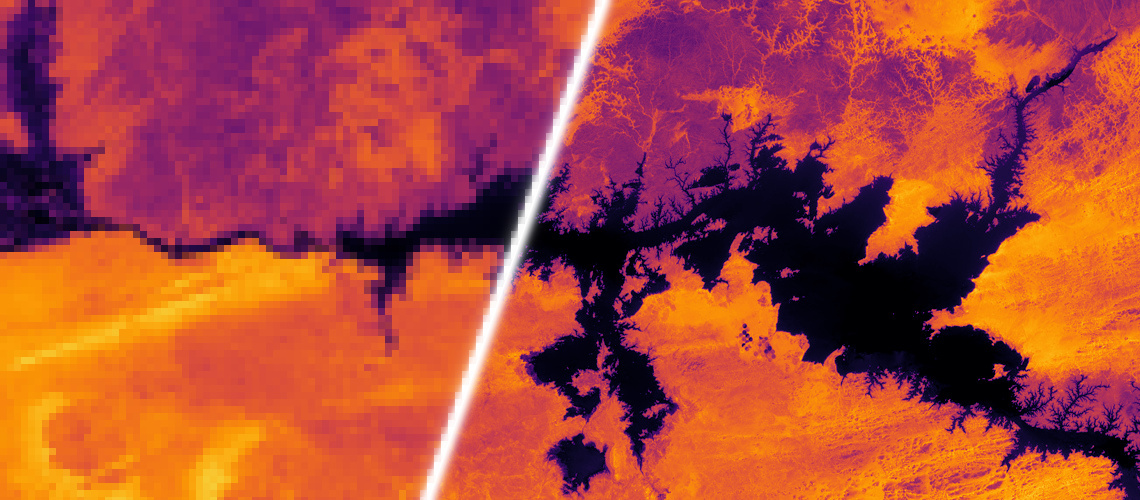Timeline
Nov. 1, 2018, 5 a.m. UTC
June 1, 2019, 6 a.m. UTC
Submission Rules
How to make a submission
The format of submission is a single .zip-file that should include 290 super-resolution images, one for each data member in the test-set.
Each submitted image must be in .png-format, saved in 16bit grayscale in a 384x384 pixel shape. The file should be named "imgsetxxxx.png" where xxxx corresponds to the id of the test-set (case sensitive).
Validation in detail
The validation step performs the following checks in that order:
- size of file is less than 100MB
- file needs to have the extension ".zip"
- file needs to be a valid zip-file (no corrupt header, no other compression format allowed)
- none of the 290 images are missing
- there are no additional files in the zip except the 290 images
- the images in the zip are named from "imgset1160.png" to "imgset1449.png"
- every image is 16bit grayscale png
- every image has a resolution of 384x384 pixels
If one of the checks fails, you will be notified with a corresponding error message. If your submission is valid, it will be evaluated and be shown on the public leader-board as soon as its score) has been computed (might take a minute).
Example submission
You can download the following python script which will generate an example submission for you.
To run the script you need
- Python 3
- Numpy
- scikit-image
Assuming that all data is available at a local folder data, run the script with:
python generate_sample_submission.py data submission
If everything works out, it will create a folder submission, containing some images and a .zip-file which you can use to test the system.
The algorithm in this script takes all low resolution images that have the maximum amount of clear pixels, computes a bicubic upscaling by a factor of 3 and averages their pixel intensities. The Scoring of these images (in terms of their \(cPSNR\)) constitutes our baseline of value 1 for ranking submissions. Thus, in order to improve upon bicubic upscaling, a submission needs to receive a score lower than 1.
